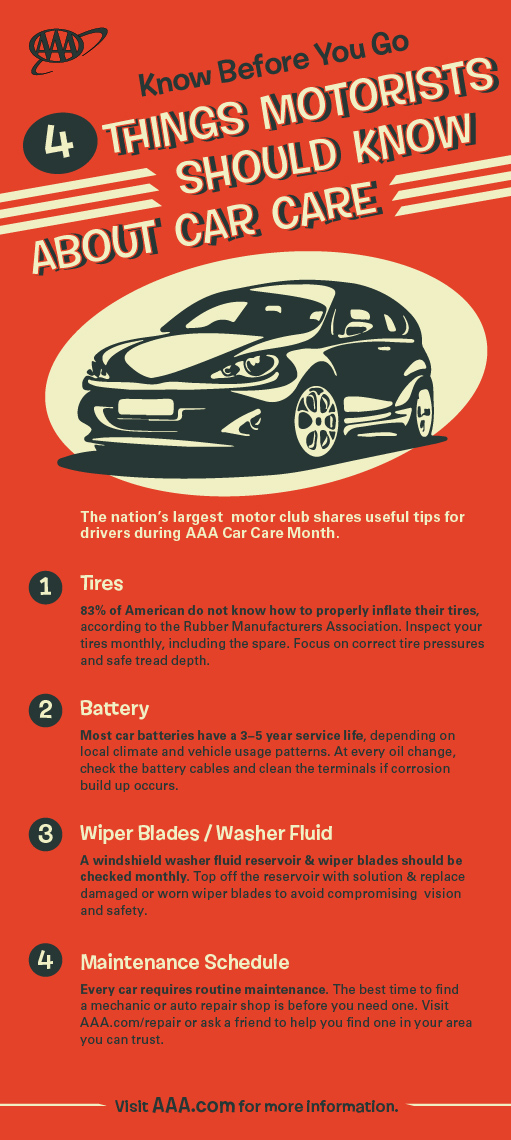Grasping The Importance Of Your Vehicle'S Warning Signals: What They Really Stand For
Grasping The Importance Of Your Vehicle'S Warning Signals: What They Really Stand For
Blog Article
Write-Up Writer-Boye Gilbert
When you're behind the wheel, those radiant caution lights on your dashboard can be a bit difficult. Do you understand what they're trying to inform you about your automobile's wellness? Understanding the importance of these lights is crucial for your security and the longevity of your automobile. So, the next time among those lights appears, would not you want to understand its message precisely and take the necessary steps to address it?
Common Warning Lighting and Interpretations
Determine usual caution lights in your cars and truck and understand their significances to make sure risk-free driving.
One of the most normal warning lights include the check engine light, which signals problems with the engine or exhausts system. If this light begins, it's important to have your car inspected promptly.
view website alerting light shows low oil pressure, needing immediate attention to stop engine damage.
A blinking battery light may recommend a defective billing system, possibly leaving you stranded otherwise attended to.
The tire stress tracking system (TPMS) light signals you to reduced tire pressure, affecting lorry stability and fuel performance. Neglecting this can lead to dangerous driving problems.
The abdominal muscle light shows a trouble with the anti-lock stopping system, compromising your capacity to quit promptly in emergencies.
Lastly, the coolant temperature alerting light warns of engine getting too hot, which can result in serious damages otherwise resolved swiftly.
Recognizing these typical caution lights will certainly assist you address problems immediately and preserve secure driving problems.
Relevance of Prompt Interest
Understanding the typical caution lights in your car is just the primary step; the importance of without delay resolving these cautions can not be emphasized sufficient to ensure your security on the road.
When a caution light illuminates on your dashboard, it's your auto's way of communicating a possible issue that requires attention. Neglecting these cautions can result in much more extreme troubles later on, endangering your safety and potentially costing you more out of commission.
Trigger attention to advising lights can prevent failures and accidents. For example, a flashing check engine light might show a misfire that, if left neglected, could cause damages to the catalytic converter. Resolving this promptly can save you from a costly repair.
Similarly, a brake system cautioning light might indicate reduced brake fluid or used brake pads, critical parts for your safety when driving.
DIY Troubleshooting Tips
If you observe a caution light on your dashboard, there are a couple of DIY troubleshooting ideas you can attempt prior to seeking expert help.
The very first step is to consult your automobile's manual to recognize what the particular warning light shows. Often simply click the following article can be as simple as a loosened gas cap triggering the check engine light. Tightening the gas cap might solve the problem.
One more typical problem is a reduced battery, which can activate different warning lights. Inspecting the battery connections for deterioration and guaranteeing they're safe and secure may deal with the issue.
If a caution light lingers, you can attempt resetting it by disconnecting the cars and truck's battery for a few minutes and after that reconnecting it. Furthermore, inspecting your automobile's fluid degrees, such as oil, coolant, and brake fluid, can aid fix cautioning lights connected to these systems.
Conclusion
Finally, understanding your cars and truck's caution lights is essential for maintaining your automobile running efficiently and safely. By promptly addressing these alerts and understanding what they mean, you can prevent expensive repair services and potential breakdowns.
Keep in mind to consult your auto's manual for certain details on each alerting light and act as necessary to ensure a hassle-free driving experience.
Stay informed, stay safe when traveling!
